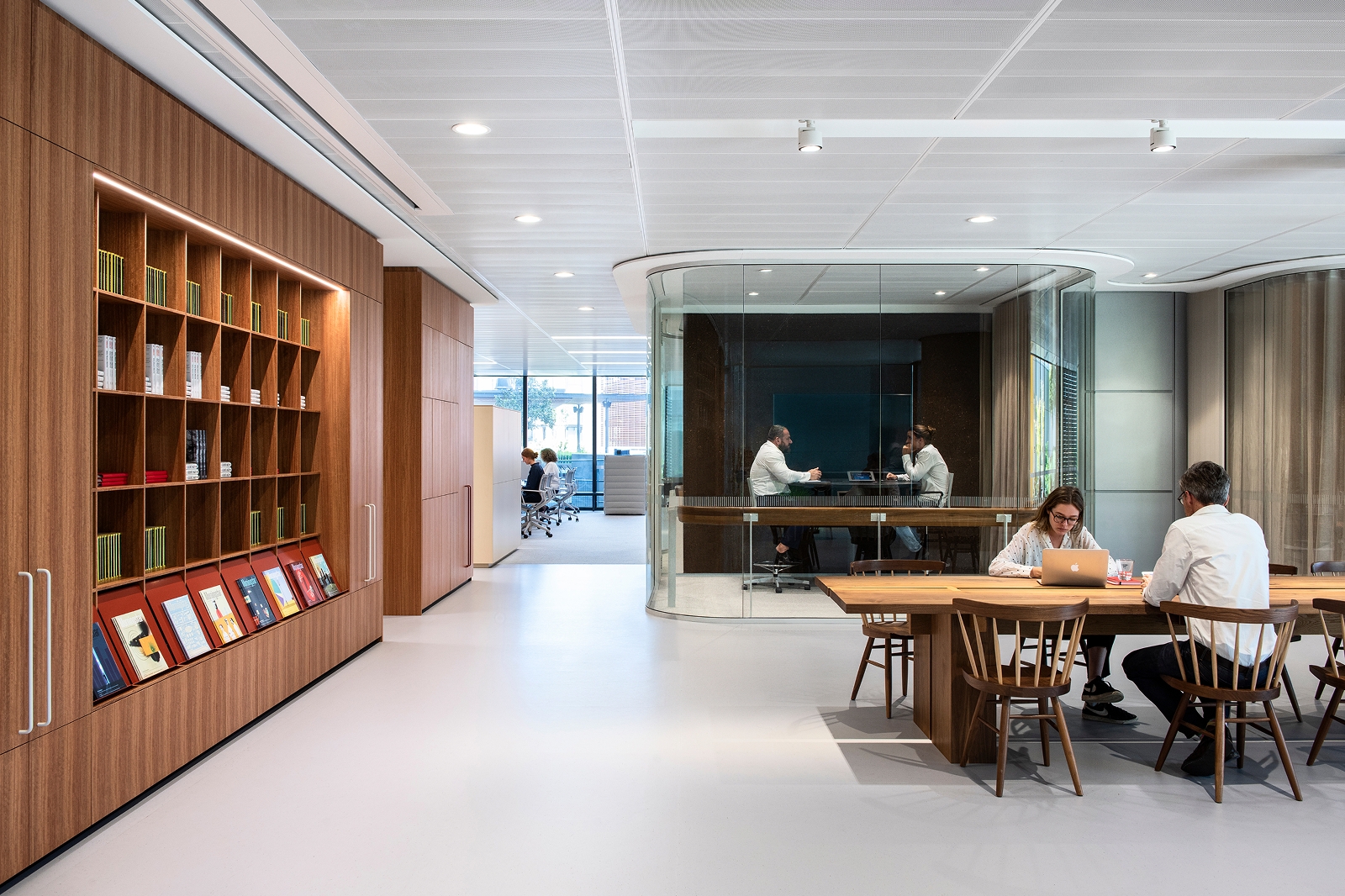Photography
Whether choosing or creating an original photo, all images should share consistent formal qualities like composition and lighting. While we always strive for authenticity, a “good photo” should also be compelling and beautiful.
Aspect Ratio
The relationship between a photo’s width and height affects how much information is captured in an image and how that information is perceived. Using consistent, common ratios makes them more predictable in responsive design. Always consider the platform and context when selecting an aspect ratio.

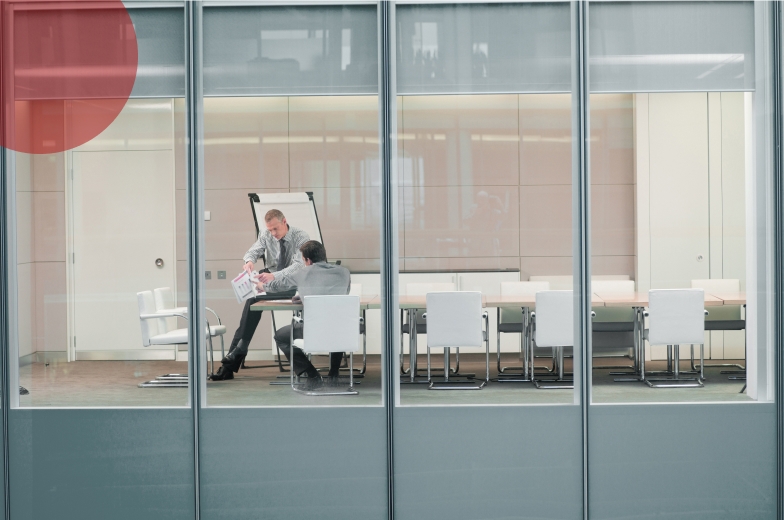
Avoid skewed angles especially near the margins.
Aerial
Photography from above offers a unique vantage point that can reveal patterns, structures, and spatial relationships not visible at ground level. This perspective transforms a scene, making it more visually dynamic.


Avoid exaggerated vanishing points in aerial photography.
Other Considerations
While the choice of perspective can heighten the emotion of a photograph, overly stylized or unconventional angles often detract from the subject. Photography is most effective when the viewpoint lets the subject speak for itself.

Avoid wide-angle lens distortion.
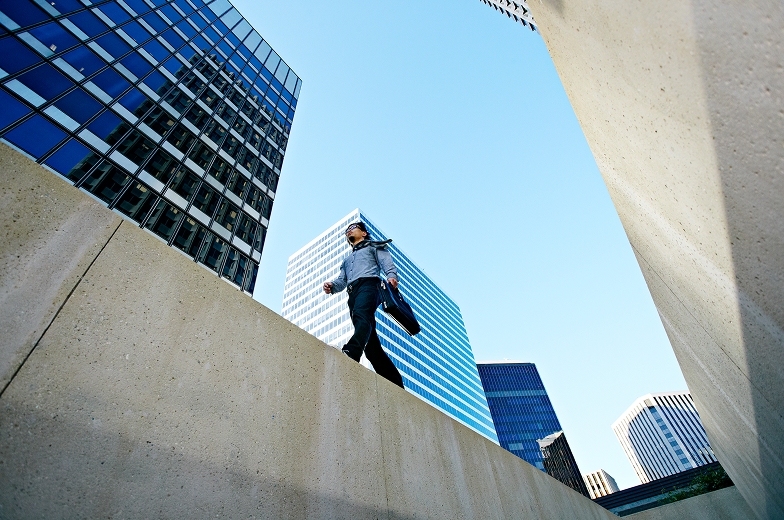
Avoid extreme low- or high-angle perspectives.
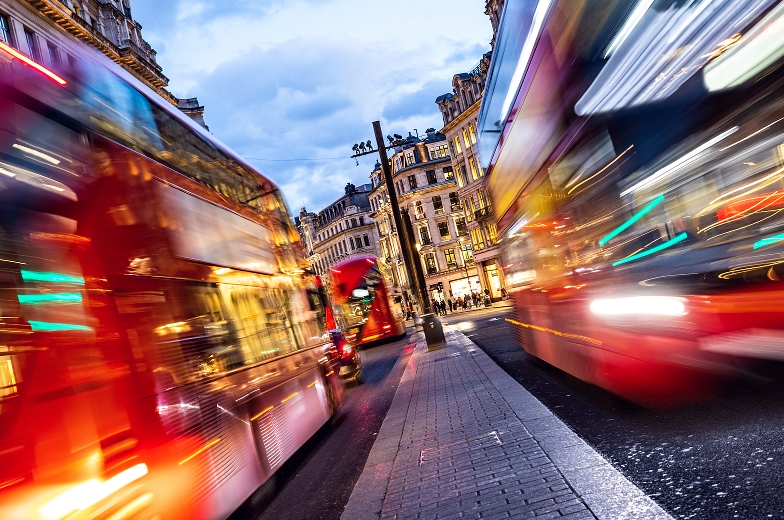
Don’t tilt the horizon for stylistic effect.
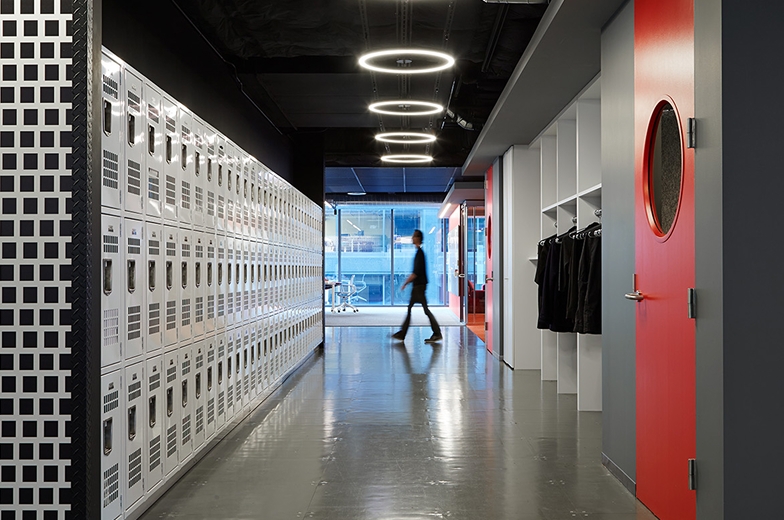
Vertical rhythm


Horizontal rhythm

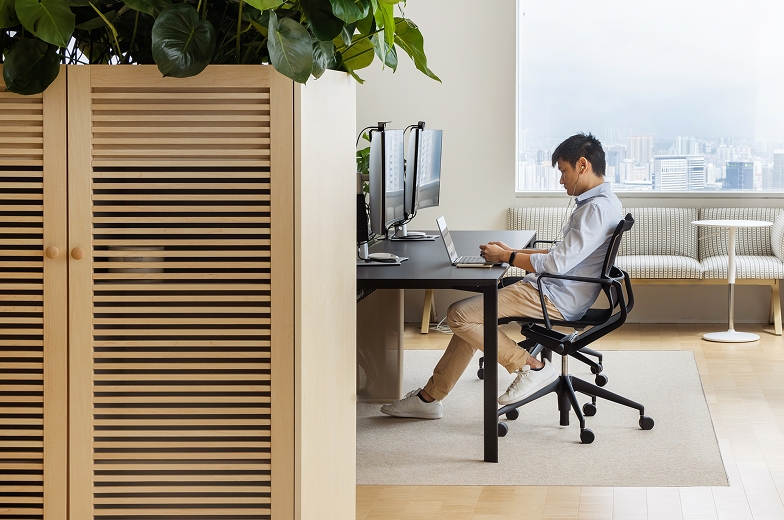
Single focal point

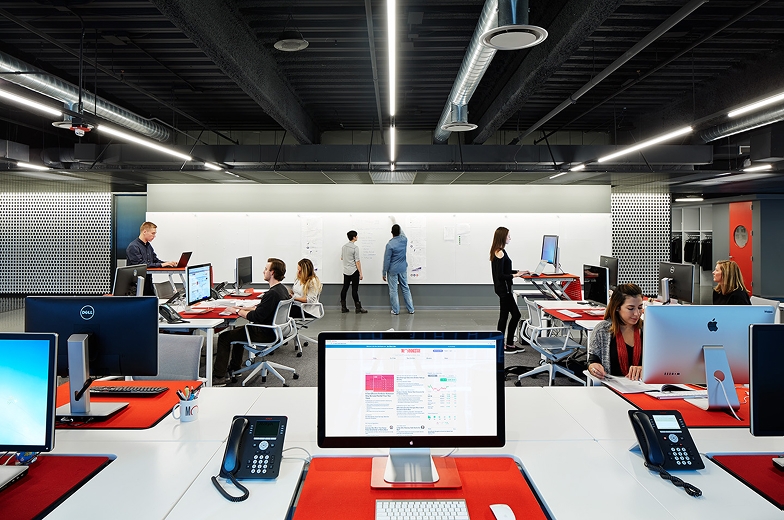
Multiple focal points


The organic form of the subject against the strongly horizontal rhythm of the background provides a compelling contrast.

